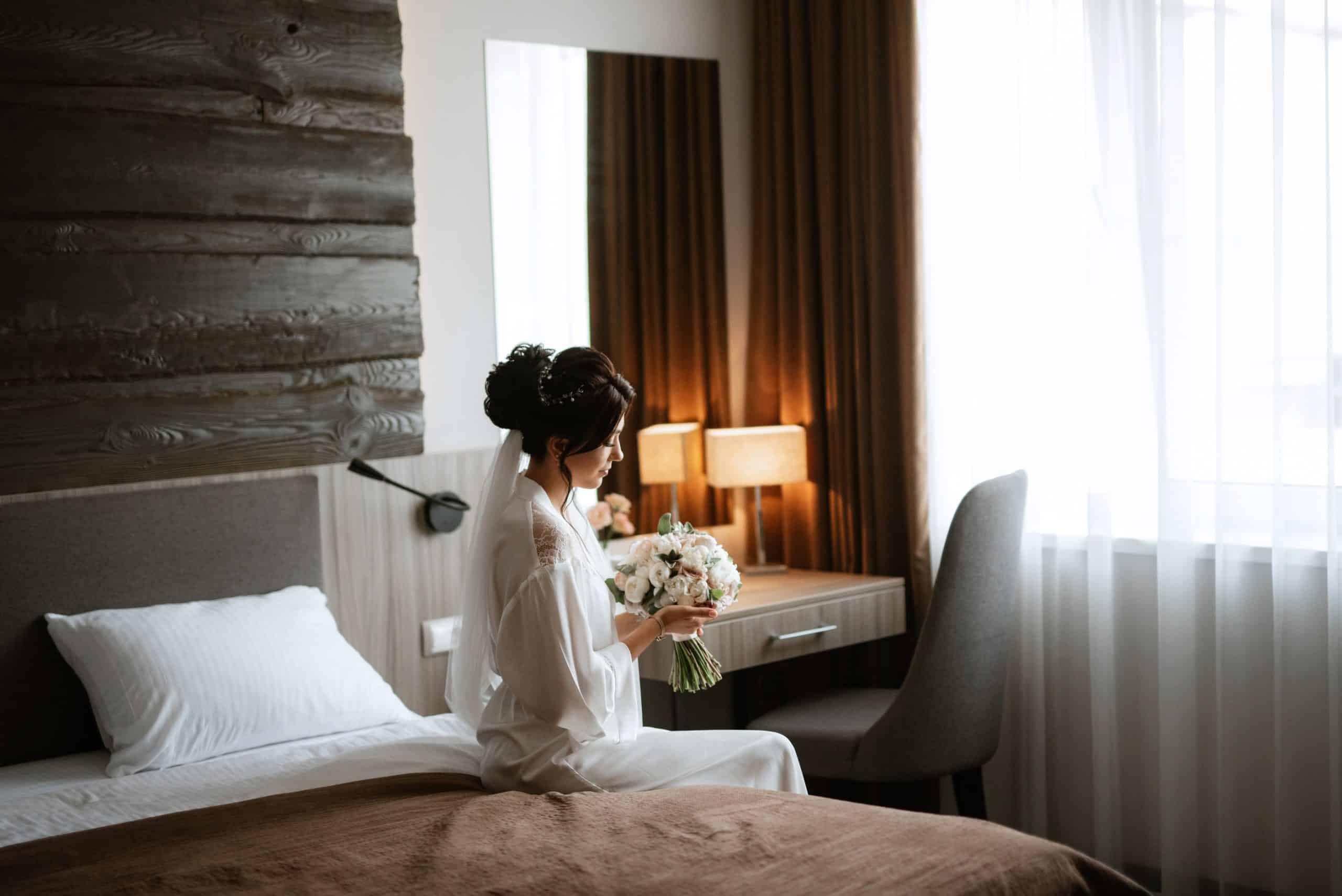How to Build an Antique-Inspired Vanity from Reclaimed Wood?

Getting your hands dirty with a DIY project can be a fun and rewarding experience. It’s a chance to express your creativity while also creating a piece of furniture that is tailored to your personal taste and needs. Today, we bring you a step-by-step guide on how to build a bathroom vanity from reclaimed wood. Not only is this project eco-friendly, but it also adds a touch of vintage charm to your room design.
Gathering the Necessary Materials
Before you start, ensure you have all the necessary materials at your disposal. The primary material for this project is reclaimed wood. You can source this from old furniture, wooden pallets, or even discarded construction material.
En parallèle : How to Create an Elegant, Multi-Functional Home Office in a Dining Room Nook?
You will also need a sink, preferably one that complements the antique aesthetic you’re going for. Other materials you should have on hand include a circular saw, screws, sandpaper, and wood finish. Additionally, select a top piece for your vanity which could be a large piece of cut wood, or a stone slab depending on your preference.
If you plan on having storage in your vanity, find some old drawers. They can be sourced from a variety of locations, including thrift stores and garage sales. It’s also a good idea to have a tape measure, a level, a pencil, and a drill at your disposal.
Sujet a lire : What’s the Best Plant Choice for a Low-Maintenance, High-Impact Front Yard?
Choosing Your Vanity Design
The first step in the construction process is deciding on your vanity design. The design will dictate the measurements of the vanity, as well as the sizes of the pieces of wood you will need. Take some time to browse various antique vanity designs to get some inspiration for your project.
Remember, the design of your vanity should fit the overall design aesthetic of your bathroom. If your bathroom features a vintage design, then an antique-style vanity will be the perfect addition. Also, consider the practical aspects of your design. For instance, do you want your vanity to have a built-in sink, or would you prefer a vessel sink sitting on top of your vanity?
Cutting the Reclaimed Wood
Once you’ve chosen your design and gathered your materials, it’s time to cut the reclaimed wood. Use a circular saw to cut the wood to the right sizes. Remember to wear protective gear, such as goggles and gloves, while handling power tools.
Start by cutting the pieces for the frame of your vanity. The frame will support the top and sink and also serves as the base for any drawers or shelves you want to include.
Next, cut the pieces for the top of the vanity. This is where your sink will be installed. If you’re using a drop-in sink, you’ll need to cut a hole in the top piece to accommodate it.
Finally, if you’re including drawers in your design, cut the pieces for the drawer fronts, sides, and bottoms. The size and number of drawers will depend on your design.
Assembling Your Vanity
Once all your pieces are cut, it’s time to assemble the vanity. Start by building the frame. Using a drill, make holes in the appropriate spots and screw the pieces together. Use a level to ensure that your frame is perfectly horizontal and vertical.
Next, attach the top piece to the frame. If you’re using a drop-in sink, make sure the hole in the top piece aligns with the opening in the frame.
After the top is secured, install the sink. Depending on the type of sink you’re using, this may involve applying adhesive, drilling holes, or screwing in brackets.
Finally, if you’re including drawers, assemble them and install them in the frame. Make sure they slide in and out smoothly.
Finishing Off Your Vanity
The last step is to finish off your vanity to protect it and enhance its appearance. Start by sanding the wood to smooth out any rough edges and to prepare it for finishing. Then, apply a wood finish to seal the wood and give it a beautiful, antique look.
With these steps, you will have created a beautiful, unique, vintage vanity for your bathroom. It will not only serve as a functional piece of furniture, but it will also add a touch of charm and character to your room. And the best part is, you built it yourself with your own hands, from reclaimed wood, adding a personal and eco-friendly touch to your bathroom decor.
Installing Plumbing Fixtures
Upon finishing your vanity, you will need to install your plumbing fixtures. Begin by installing the faucet onto your sink if it is not yet fixed. Follow the manufacturer’s installation instructions that come with your faucet. Generally, this involves placing the faucet into the pre-drilled holes on your sink, securing it with nuts from underneath, and connecting it to the water supply lines. Be sure to tighten all connections to prevent any leaks.
Next, install the sink drain. If you’re using a vessel sink, the drain is likely already fixed. If you’re using a drop-in sink or an under-mount sink, you’ll need to install a sink drain yourself. Most modern bathroom faucets come with a matching drain assembly. Follow the manufacturer’s instructions for installing the sink drain, which usually involves applying a ring of plumber’s putty around the drain hole, inserting the top half of the drain assembly, then screwing on the bottom half from underneath.
Lastly, you will need to connect the sink to the drain pipe in the wall. This step involves cutting PVC pipe to fit between the bottom of the sink drain and the drain pipe in the wall, and securing it with PVC cement or a slip joint. If your vanity design includes a bottom drawer, you might need to notch out a section of the drawer to accommodate the drain pipe.
Adding the Final Touches
Now that your vanity is assembled, finished, and the plumbing fixtures have been secured, it’s time to add the final touches that will turn your vanity from a simple piece of furniture to a standout feature in your powder room.
If you’ve preserved the natural, rustic look of the reclaimed wood, consider adding antique-style drawer pulls. These will not only serve a practical purpose but also enhance the vintage appeal of your vanity.
Next, consider adding a beautiful mirror above your vanity. An antique, gilded, or ornate mirror can add to the overall vintage aesthetic of your bathroom design. The mirror should be proportionally sized to your vanity and placed at an appropriate height for use.
Also, don’t forget about lighting. Position a pair of wall sconces on either side of your mirror to provide ample, even lighting. Antique or vintage-style sconces will complement the design of your antique bathroom vanity.
Building a bathroom vanity from reclaimed wood is an engaging DIY project that not only allows you to tap into your creativity but also adds value to your home. By using reclaimed wood, you’re also making an eco-friendly choice that brings warmth and historical charm to your bathroom. The addition of a vessel sink, antique bathroom fixtures, and vintage-inspired design elements further enhances the aesthetic of your vanity. Plus, the satisfaction of having built this beautiful piece of furniture with your own hands is simply incomparable.
Remember, safety should always come first. Always wear protective gear when handling power tools, and if you’re unsure or uncomfortable with any steps, especially installing sink plumbing, don’t hesitate to hire a professional. With your new bathroom vanity in place, all that’s left is to enjoy your new, beautiful, and uniquely personal antique bathroom vanity.
